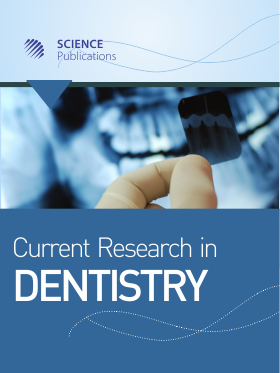The Role of Living, Resident Bacterial Biofilm Populations in the Osseointegration of Oral Implants
- 1 Independent Researcher, Australia
- 2 Faculty of Medicine, Jinhua Institute of Zhejiang University, Jinhua, Zhejiang, China
- 3 Faculty of Medicine, Health and Human Sciences, Macquarie University, NSW, Australia
Abstract
This study presents a human jawbone model which explains bone health, disease and quality and the osseointegration interphase, at the cell level. Curation of 454 pyrosequencing data obtained from 153 bone, serous-effusion and granulation samples taken from 40 patients during two-stage dental implant installation, revealed a 20 phyla jawbone microbiome with total genera of 387. Multivariate statistical ordination of curated pyrosequencing data revealed six distinct ecologic groups in healthy and pathogenic ecosystems. Pyrosequencing of pristine bone (found in sites of congenital tooth absence) revealed a resident, health biofilm population, which now serves as an ecological health control and is a critical health reference in longitudinal multivariate statistical ordination of live biofilm, in population-shift. Osseointegration of a sterile, inert, commercially pure titanium surface which bio-mimics the surface and microarchitecture of pathogen-evading, smooth, uniform, healthy human cells, may define a persistent, beneficial association with symbiotic competence, where cooperative colonisation proceeds between beneficial bacteria, host stem-cells and biocompatible biomaterials, without immunomodulation. Dampening or restraint of the host immune response by beneficial bacterial sRNA is now reported in animal models and may be a key element in symbiotic homeostasis. We confirm that the clinical effect of surgical debridement and perfusion of an encapsulated, pathologic biofilm nidus to a vascularised health margin, beyond the confining sclerosis, is microbial population-shift. Population-shift can only occur in living biofilm communities. Enduring osseointegration can only be achieved by ensuring ecologic recovery of the bone bed to homeostatic health, that is, a bone bed that supports diverse, stable, resistant, resilient and even biofilm communities, with consortial regeneration of both healthy osseous internal and cortical architecture, before implant installation. The authors recognise that further research and replication studies of both pristine human jawbone and other bone qualities are required to provide additional knowledge and verification of our findings.
DOI: https://doi.org/10.3844/crdsp.2023.41.58

- 6,477 Views
- 2,551 Downloads
- 0 Citations
Download
Keywords
- Resident Bacterial Biofilm
- Biofilm-Based Osseointegration
- Oral Implant
- Regenerative Surgical Debridement
- Population-Shift
- Enduring Osseointegration
- Immunomodulation
